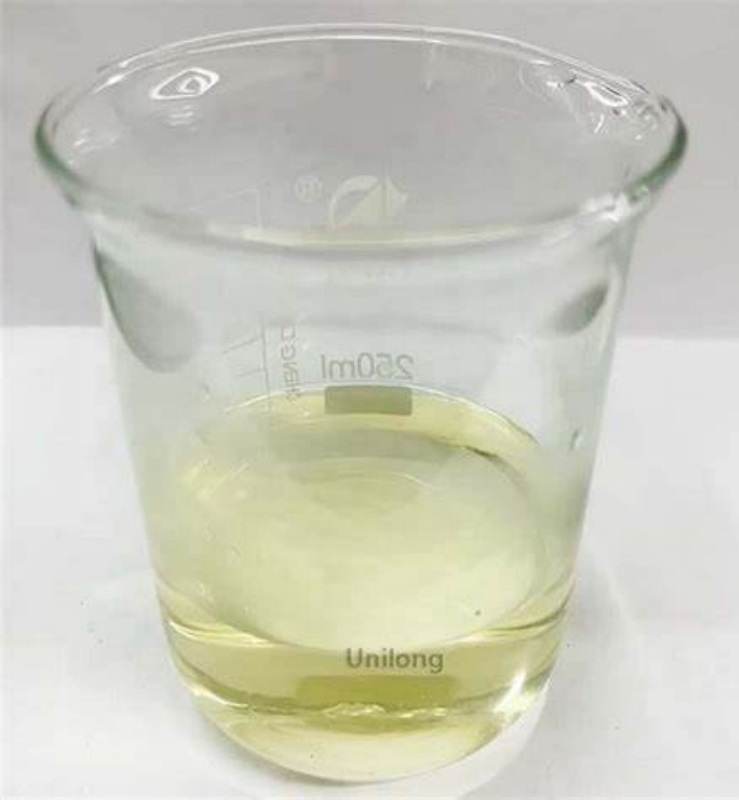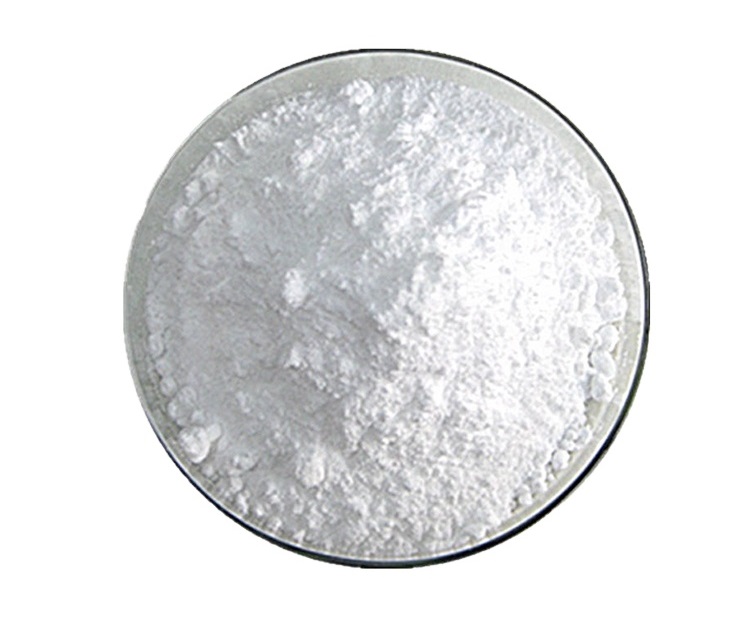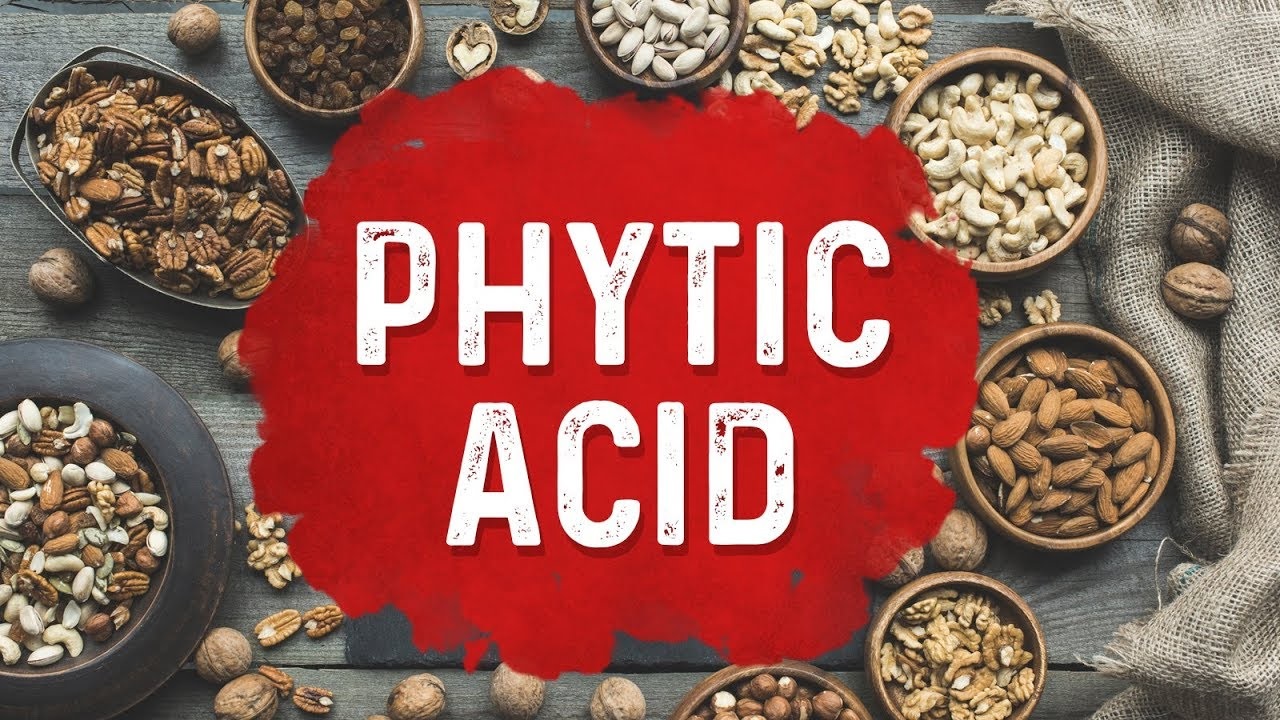Construction, Mining, Metal
Do you have questions?
We unleash your business potential by maximize the business innovation.
Send EmailE391, Phytic Acid, Myo-inositol Hexakisphosphate, Inositol Hexaphosphoric Acid, Hexa Phospho Inositol, 83-86-3
🧪 Phytic Acid – Alternative Names and Chemical Definitions
| Name / Term | Description |
|---|---|
| Phytic Acid | Commonly used name |
| Myo-inositol hexakisphosphate | IUPAC name |
| Inositol hexaphosphate (IP6) | Frequently cited in scientific literature |
| Phytate / Phytates | Salt form (e.g. calcium or magnesium phytate) |
| E391 | Food additive code (used as antioxidant) |
🎯 Primary Uses
| Application Area | Description |
|---|---|
| Antioxidant | Binds free radicals, prevents oxidation |
| Mineral Chelator | Binds minerals like iron, zinc, calcium—affects bioavailability |
| Preservative | Extends shelf life in foods |
| Cosmetics | Melanin modulator, brightening agent, supports collagen synthesis |
| Agriculture | Natural additive for phosphorus release in fertilizers |
| Metal Processing | Used in corrosion-resistant coatings |
🍳 Suitability for Frying Applications
| Parameter | Description |
|---|---|
| Thermal Stability | Stable between 100–250 °C; suitable for frying oils |
| Antioxidant Effect | Reduces oil oxidation; natural alternative to synthetic BHA |
| Use in Frying Oil | Can be added directly to oil or applied to food pre-frying |
| Post-Frying Stability | Delays oxidation; extends oil shelf life |
| Limitations | Chelating effect may reduce mineral absorption; dosage needs adjustment |
🔄 Alternative Compounds (Chelators & Antioxidants)
| Alternative | Features / Notes |
|---|---|
| Sodium Phytate | Natural alternative to EDTA in food and cosmetics |
| Tetrasodium Glutamate Diacetate (Dissolvine GL) | Biodegradable, strong chelator, enhances preservative systems |
| Citric Acid | Mild chelator and antioxidant; widely used in food and cosmetics |
| Ascorbic Acid (Vitamin C) | Antioxidant, color stabilizer, reduces oil oxidation |
| Evicare® Complex 1 | Rice-derived phytic acid solution; foam booster, metal ion binder |
| Sodium Gluconate | Used in food/cosmetic products as metal ion binder |
📌 Notes & Warnings
-
In frying applications, phytic acid helps delay oxidation in vegetable oils.
-
Because it reduces the absorption of minerals like iron and zinc, dosage should be adjusted based on the food's nutritional profile.
-
Sodium phytate, a salt form, is preferred as a natural EDTA replacement in both food and cosmetics.
-
It can be applied via pre-marination or added directly to the frying oil.
🧪 Phytic Acid – Synonyms & Identifiers
| Name / Identifier | Description / Usage Context |
|---|---|
| Phytic Acid | Common name |
| Myo-inositol hexakisphosphate | IUPAC name |
| Inositol hexaphosphate (IP6) | Scientific abbreviation |
| Inositol polyphosphate | General term for related phosphate esters |
| Hexaphosphoinositol | Alternative chemical name |
| Inositol hexaphosphoric acid | Technical synonym |
| Phytate / Phytates | Salt forms (e.g. calcium, magnesium phytate) |
| Phytin | Mixed salt form (e.g. calcium-magnesium phytate) |
| E391 | EU food additive code (used as antioxidant) |
| Acidum fyticum | Latin name (used in pharmacopoeias) |
| WHL / RP 3000 / Alkovert | Trade names or internal product codes (varies by supplier) |
| UNII: 7IGF0S7R8I | FDA Unique Ingredient Identifier |
| DTXSID40889331 | EPA CompTox Substance ID |
| PubChem CID: 890 | PubChem compound reference |
| ChemSpider ID: 16735966 | ChemSpider database identifier |
| ChEBI ID: CHEBI:17401 | Chemical Entities of Biological Interest database |



